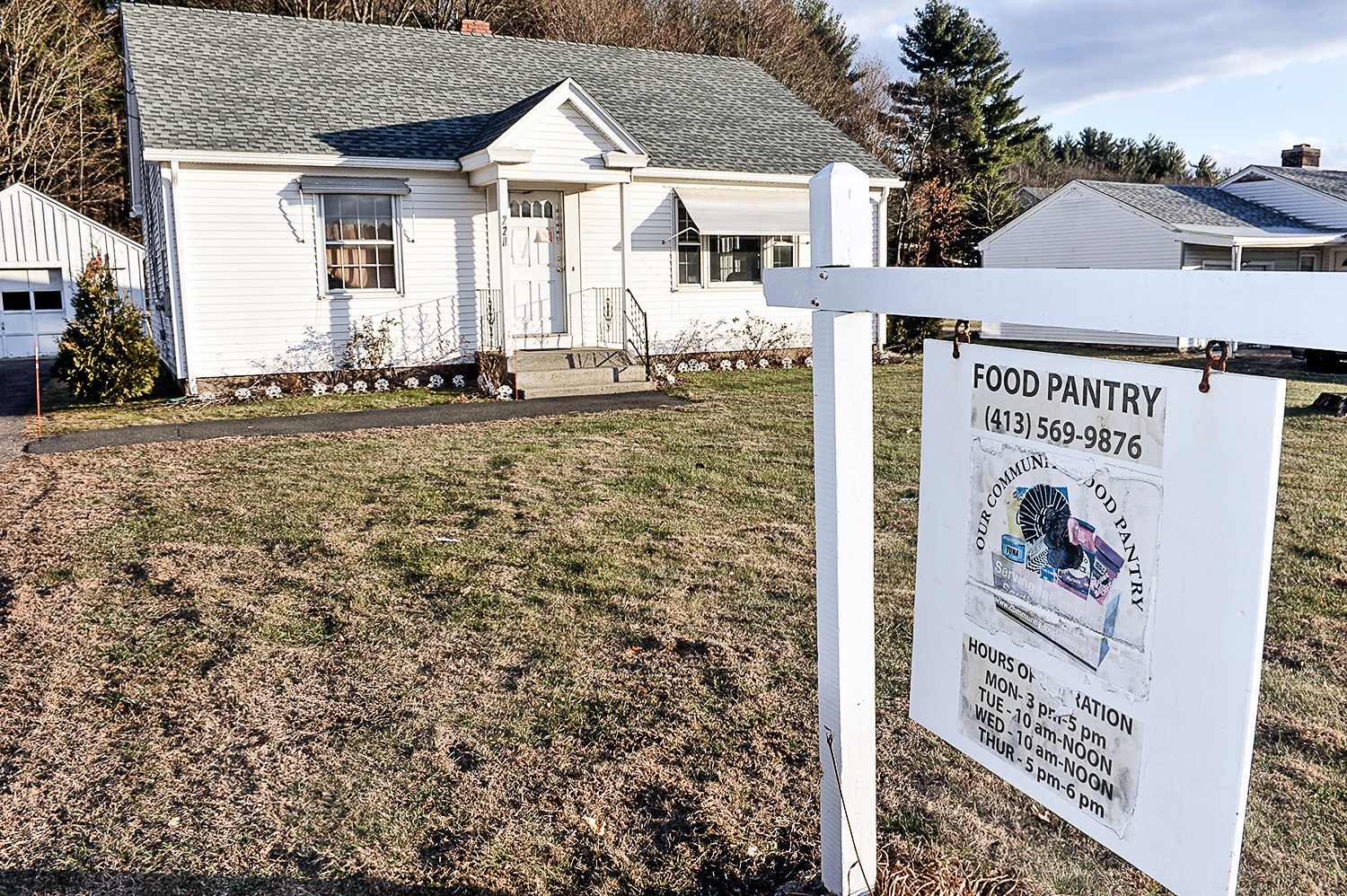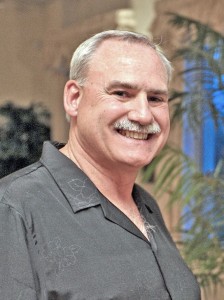by RACHEL ROJAS
Correspondent
WESTFIELD – While most kids count down the days until summer starts, some kids might not be looking forward to vacation as much.
The state of Massachusetts feeds more than 26 million children each school day, but what happens to those children when school ends? That’s when some community groups need to step in.
Many community centers are funded with a mix of donations and grants, and are always waiting for the other shoe to drop. Recently, the Easthampton Community Center found that it was going to lose something between $20,000 and $24,000 of its annual budget when a city auditor realized that Easthampton had been making big donations to the center for the last 43 years despite a 1917 law that everyone had forgotten about, except for the auditor.
The Center provided 63,000 breakfasts, lunches, and snacks to children last summer and they had hoped to continue that work this summer. Now they need to raise the money first.
In Westfield, the Boys and Girls Club and area pantries are gearing up for their own summer programs. With budgets scraped together from donations from the United Way, grants and federal funds, they plan to battle food insecurity felt by thousands of our own local children.
Sally Munson at the Southwick Food Pantry is getting ready to start stockpiling foods for their summer program where they distribute extra groceries to children. Last year was their first year and they we able to give out an extra 5000 pounds of food. This year they hope to do more.
“We reached out to kids who relied on school lunches. We wanted to get extra food to kids over the summer, but we also wanted to reach out to families who wouldn’t usually use the pantry,” she said. “Many people don’t know, but if a family qualifies for free lunches then they probably qualify for the pantry’s services, too.”
The Southwick Food Pantry usually gives 96,000 pounds of food to needy families every year.
For the Boys and Girls club, it’s not as easy as packing an extra shopping bag.
“Project Bread does the flyers for us. Those will get passed out in schools before the last day of class,” said Charrise Angco of the Boys and Girls Club of Greater Westfield.”We work closely with the South Middle School kitchen staff. They cook all the meals and then we transport the lunches ourselves to children throughout the city five days a week all summer long.” Funded through a grant through the Department of Early and Secondary Education, they plan to serve 25,000 meals at the Hubbard St Playground, Edgewood Apartments, Powdermill Village, Chapman Skate Park on St. Paul St, and Colonial Pine Acres.
“We are learning and realizing that many kids don’t have an opportunity for a lunch because the parents are at work,” Angco said. “Sometimes the only meal a child might have is dinner, so kids are going hungry all day long. We serve lunches to anyone between the ages of 2-18, no matter what their financial situation is.”
Rebecca Hart, the Executive Director of the Westfield Food Pantry, emphasized that there were no income requirements at their pantry.
“You don’t have to sign up or meet income requirements, you just need to be a resident,” she said. “You don’t have to come every month or every week, you can just show up when you need the extra help.”
They serve over 1000 people every month, and 51 percent are children and 14 percent are elderly.
“You can go to a great website called www.Meals4Kids.org and it’ll tell you where you can get free breakfast and lunch,” she said.
Distributing the food is only half the battle. In the same way that one might scour the weekly circulars for sales and stock up when there is a deal, the food pantries also try to get the biggest bang for their buck by shopping around for bargains. “We actually get a lot of our groceries online through PeaPod,” said Munson. “They have a lot of deals if you buy in bulk and they come deliver it right to us so we don’t have to drive all over town going from store to store. We get a lot of our vegetables that way.”
While food donations and can drives can be helpful, a cash donation can go a lot farther. The Western Mass Food Bank, a warehouse that buys food in bulk and distributes it to local food pantries, is able to distribute $9 worth of food for every one dollar donated, according to its website.
William Parks, the director of the Boys and Girls Club of Greater Westfield, talked about the increase in need for these types of services.
“In our case, our budget is $1.7 million dollars this year,” he said. “But 10 years ago our budget was only $600,000. We have a strong base of support from the community, so we are able to raise funds through our annual appeal and we do a big golf tournament every year.”
“It all adds up,” he said. “A little here and a little there. We try to limit the fees that the kids would have to pay. Here, no one is excluded for cost.”
Despite the budget challenges that these programs face, they all concentrate on putting together well balanced meals for the children.
“Some weeks we did cereal with milk,” said Munson. “Some weeks we did breakfast bars.”
“We tried to go as healthy as possible because that’s important to us,” she said. “We found that many kids needed to cook the food themselves so we leaned towards microwavable dinners, but we still included fresh fruits and veggies for snacks.”
In the face of budgets that are too small, and too much work for too few hands, these groups continue to offer help to those who need it most.
The Boys and Girls Club is even in the process of expanding their summer lunch program to include books. Currently, one lucky diner at each location will open their lunch to find a sticker indicating that they are the winner of a free book. This was paid for through a grant that will pay for over 350 books to be donated throughout the summer.
“Our board is committed to feeding children because a hungry kid can’t learn,” he said. “They need to be fed. Some might say that it’s not that many kids that need it, but we see that they do.”
“We go to housing locations and parks and when our vans pull up the kids come running out to meet us,” he said. “They’re more excited to see us than they are to see the ice-cream truck.”




